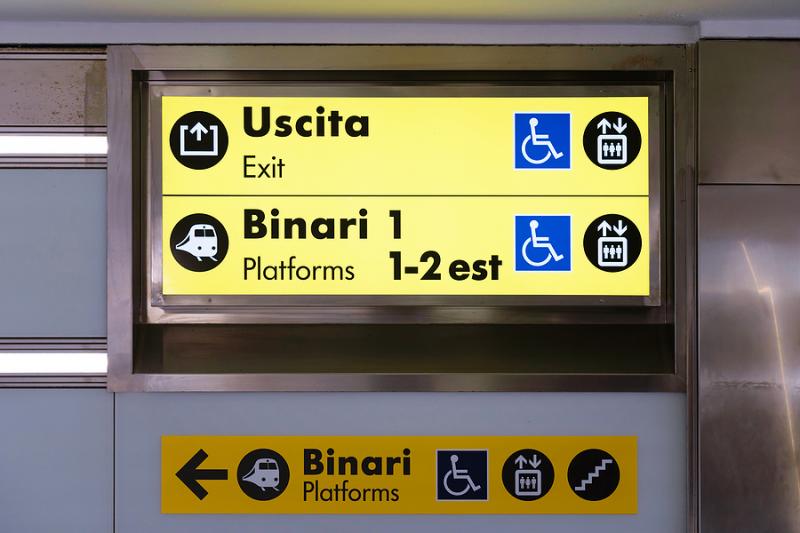Italy isn't typically associated with accessibility, yet a new study finds that two of its cities rank among the world's top ten accessible cities.
The study by money.co.uk ranked 20 of the world’s most visited cities on factors such as wheelchair accessibility at hotels, restaurants and attractions, disabled parking spaces, and airport accessibility facilities for the hard of hearing, blind and partially sighted, to reveal the world’s most accessible cities.
Milan ranked fifth overall, Rome ninth overall and Florence 17th.
Interestingly enough, all three of the cities with the highest percentage of wheelchair-friendly restaurants are located in Italy. Florence had the highest percentage overall, with more than half of the restaurants in the Tuscan city being accessible by wheelchairs. Milan and Rome have a similar percentage with regards to restaurant accessibility, while they score higher than Florence for attractions, museums and monuments that are wheelchair accessible.
For travelers in a wheelchair it’s still important to remember that moving around on cobblestone streets, narrow sidewalks and hilly terrain, a characteristic of many Italian city centers and villages, may pose a challenge; however, accessibility at tourist attractions, restaurants and hotels has widely improved over the last two decades.
In Italy, some attractions are free for disabled tourists. For example, the two most popular museums in Florence, the Uffizi Gallery and the Accademia, offer free admission to a disabled guest and one companion. And while you will not be able to go up the Duomo dome or the Campanile bell tower, you can still catch a great view of the city by heading to the accessible Piazzale Michelangelo. The Vatican Museums have a page dedicated to information for visitors with disabilities. It will require some previous planning, but it’s doable.
Overall, navigating the streets of Rome is a bit more challenging than in Florence - as a city built on seven hills, there are many uphill streets or sudden flights of stairs so it’s important to plan your itinerary in advance.
As a general rule of thumb, the most recent or recently restored metro and train stations provide accessibility, as they are equipped with elevators, tactile floor markings and panels, and accessible restrooms. This is the case for Milan, whose train stations have flat access and wheelchair lifts to get on the train.
Generally, all bus lines have a ramp for wheelchair users, and most stops are equipped with tactile floor markings.
Our advice is to consult the accessibility dedicated pages of each city’s official tourism website, as well as ‘accessible expert’ tour companies, which usually have a list of accessible hotels and suggested disabled friendly itineraries.
Check out our key tips for those with disabilities looking to travel to Italy.









